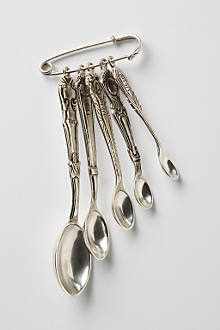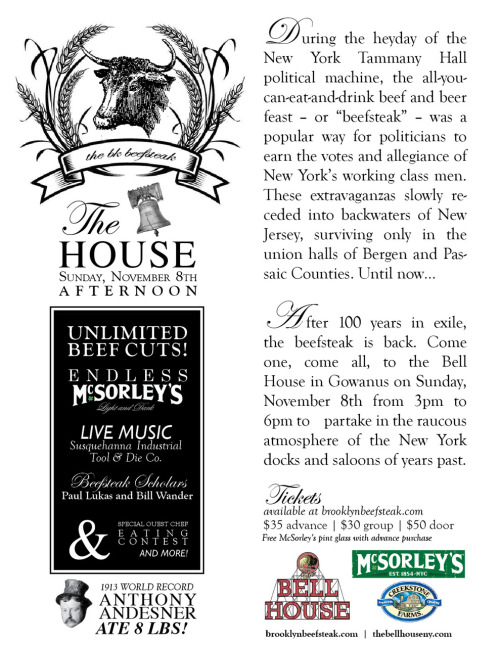""Punch is seen in all its glory on this day, and each household strives to have the best of this article. There are regular punch-makers in the city, who reap a harvest at this time. Their services are engaged long before-hand, and they are kept busy all morning going from house to house, to make this beverage, which is no-where so palatable as in this city."
During the course of the day, ladies remained at home to receive guests, and gentleman went from house to house visiting friends and, apparently, sampling the punch:
"Towards the close of the day, everything is in confusion--the door-bell is never silent. Crowds of young men, in various stages of intoxication, rush into the lighted parlors, leer at the hostess in a vain effort to offer their respects, call for liquor, drink it, and stagger out, to repeat the same scene at some other house...Strange as it may seem, it is no disgrace to get drunk on New Year's Day. The next day one half of New York has a headache..."
So in the spirit of this great day, I present to you Jerry Thomas' recipe for Green Tea Punch; a cold weather favorite that's sure to please at your New Year's Eve get together, or your New Year's Day visiting hours.
***
Tea Punch
From How to Mix Drinks by Jerry Thomas, 1862
"To make punch of any sort of perfection, the ambrosial essence of lemon must be extracted by rubbing lumps of sugar on the rind, which breaks the delicate little vessels that contain the essence, and at the same time absorb it. This, and making the mixture sweet and strong, using tea instead of water, and thoroughly amalgamating all the compounds....is the grand secret, only to be acquired by practice."
1 lemon
1/2 cup super fine sugar
1 quart boiling water
1 ounce loose leaf green tea
1 pint brandy
1 pint rum
1. Add the sugar to a large punch bowl, rub the sugar on the rind of the lemon.
2. Remove the lemon, slice in half, and juice. Add lemon juice to the punch bowl.
3. Wrap one ounce of loose leaf green tea in cheese cloth (or other method of infusing), and brew in boiling water for at least three minutes or to taste.
3. Add brewed tea to the punch bowl; stir until sugar is completely dissolved.
4. Add brandy and rum, stir to combine. Serve hot.
This is the way that I make it; Thomas' recipe actually calls for a bit more flair. Follow steps 1-3, above. Add alcohol, then "Set these a light, and pour in the tea gradually mixing it from time to time with a ladle; it will remain burning for some time and is to be poured in that state into the glasses." I've never attempted this method before, but perhaps this is the year.












 \
\


















